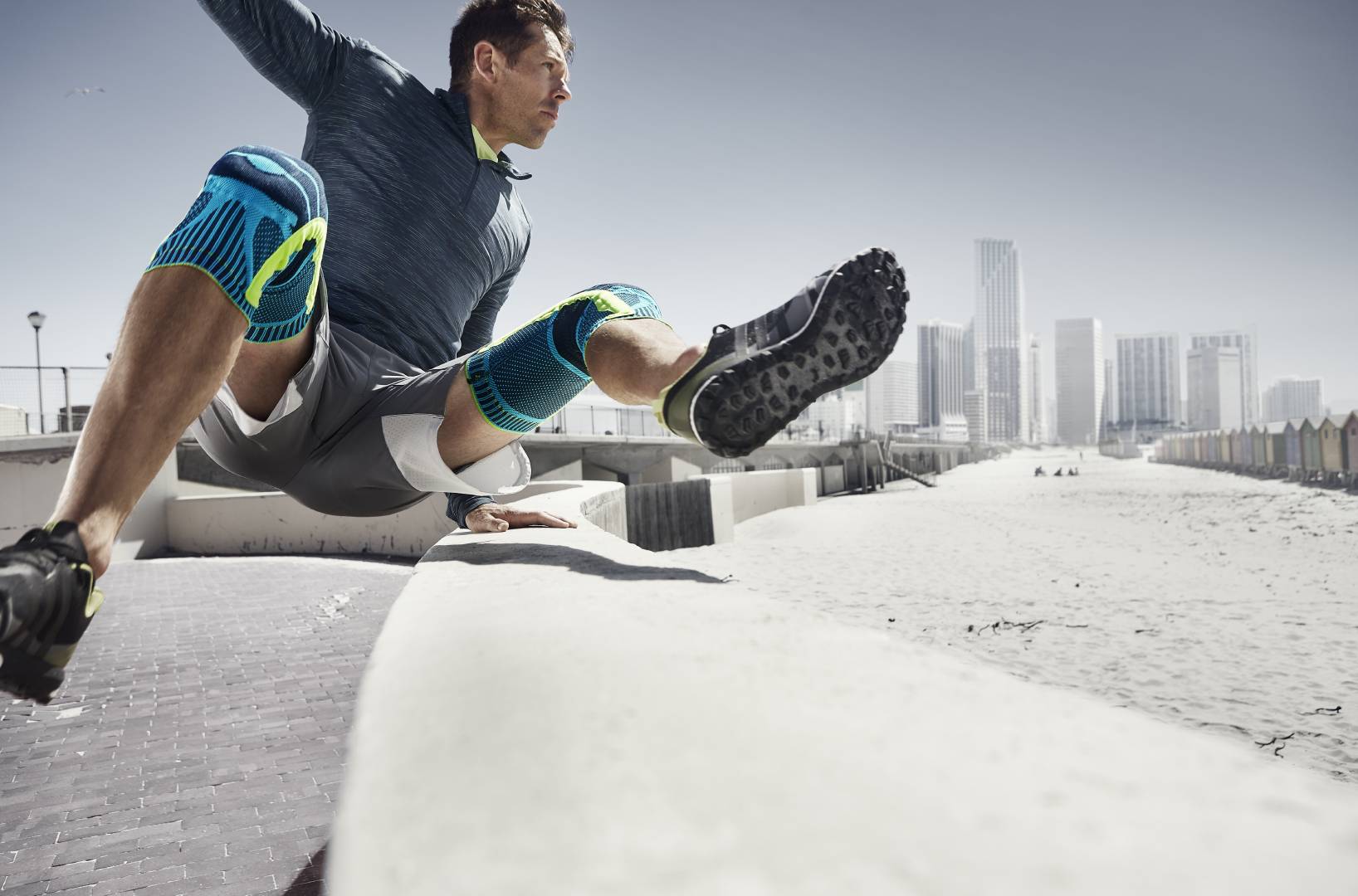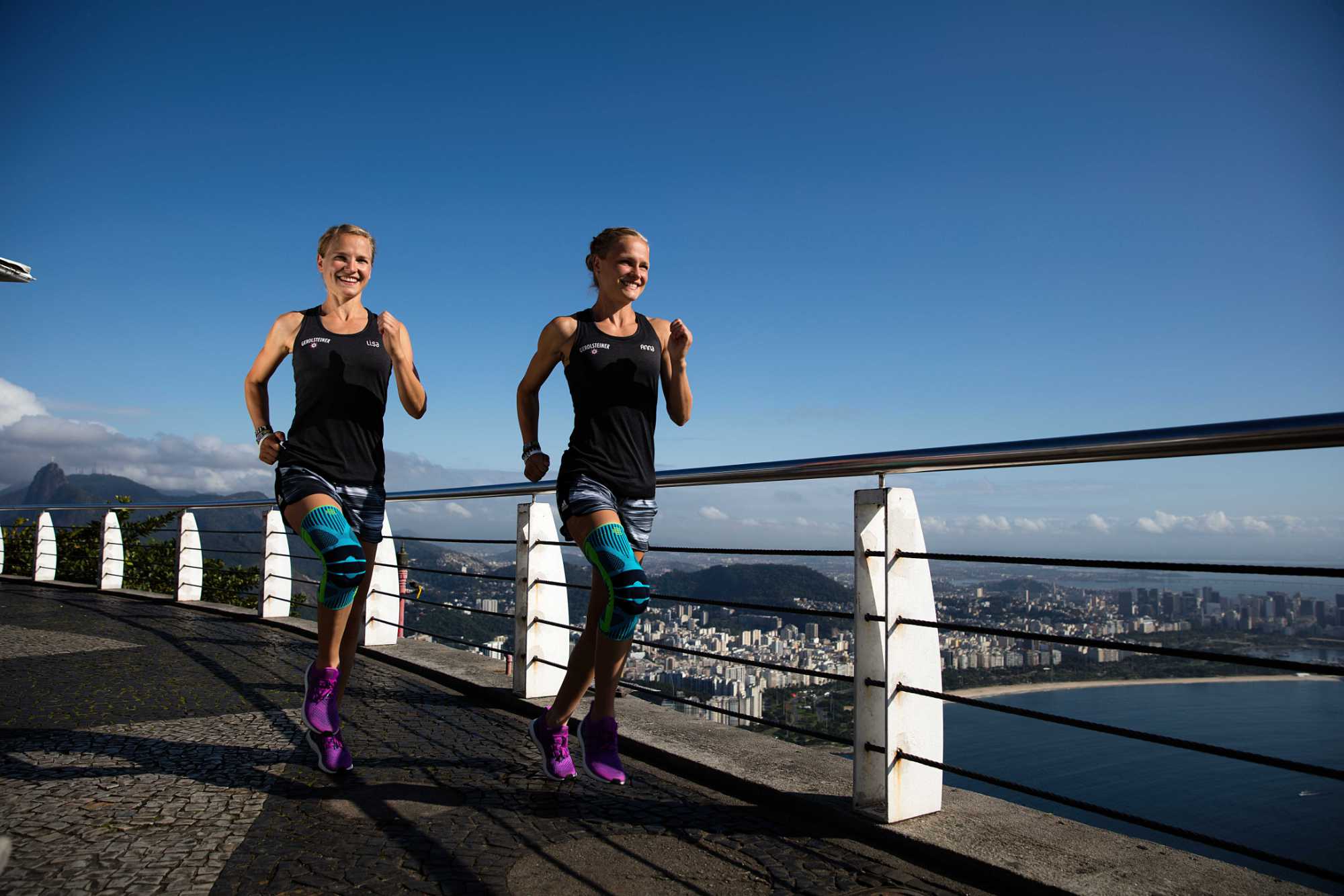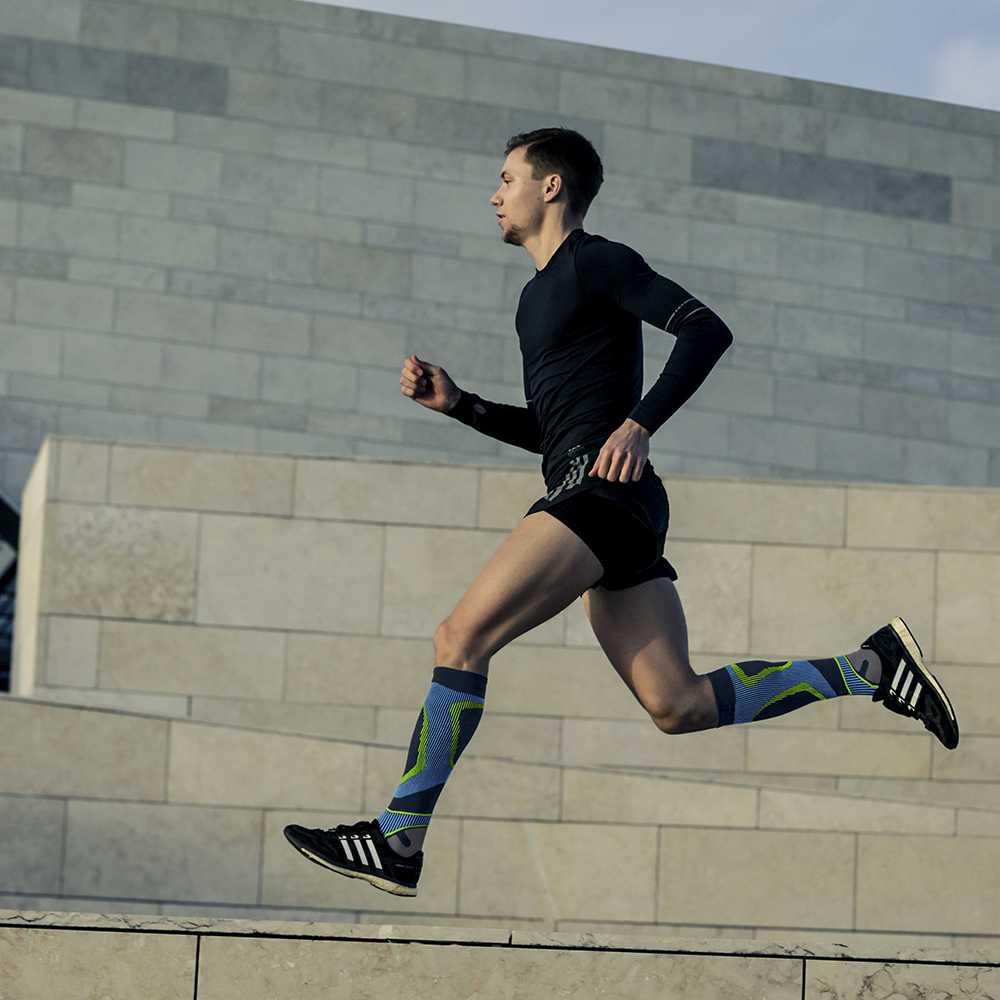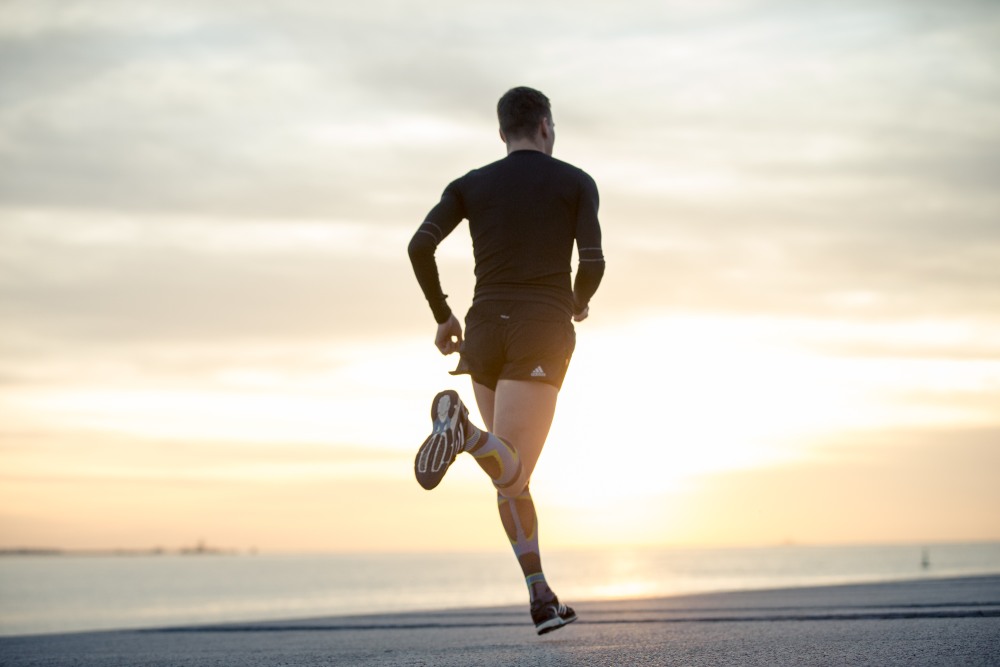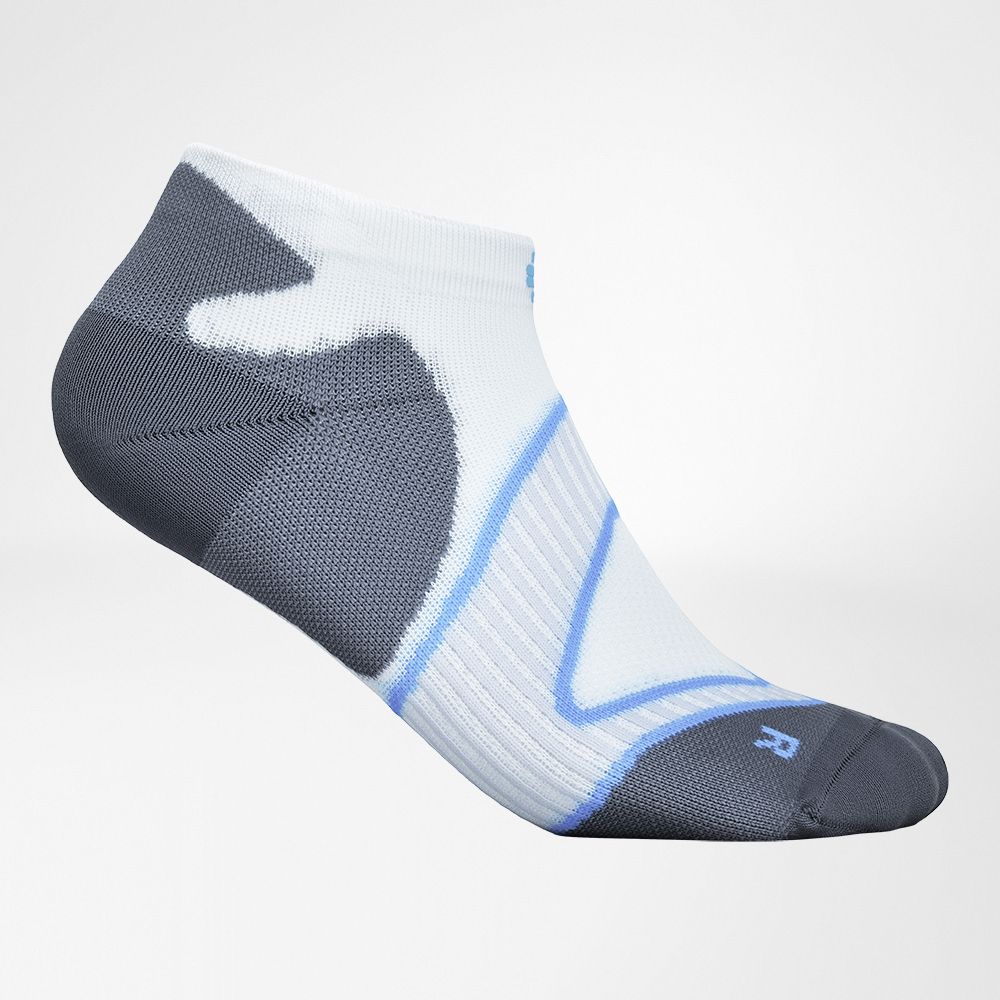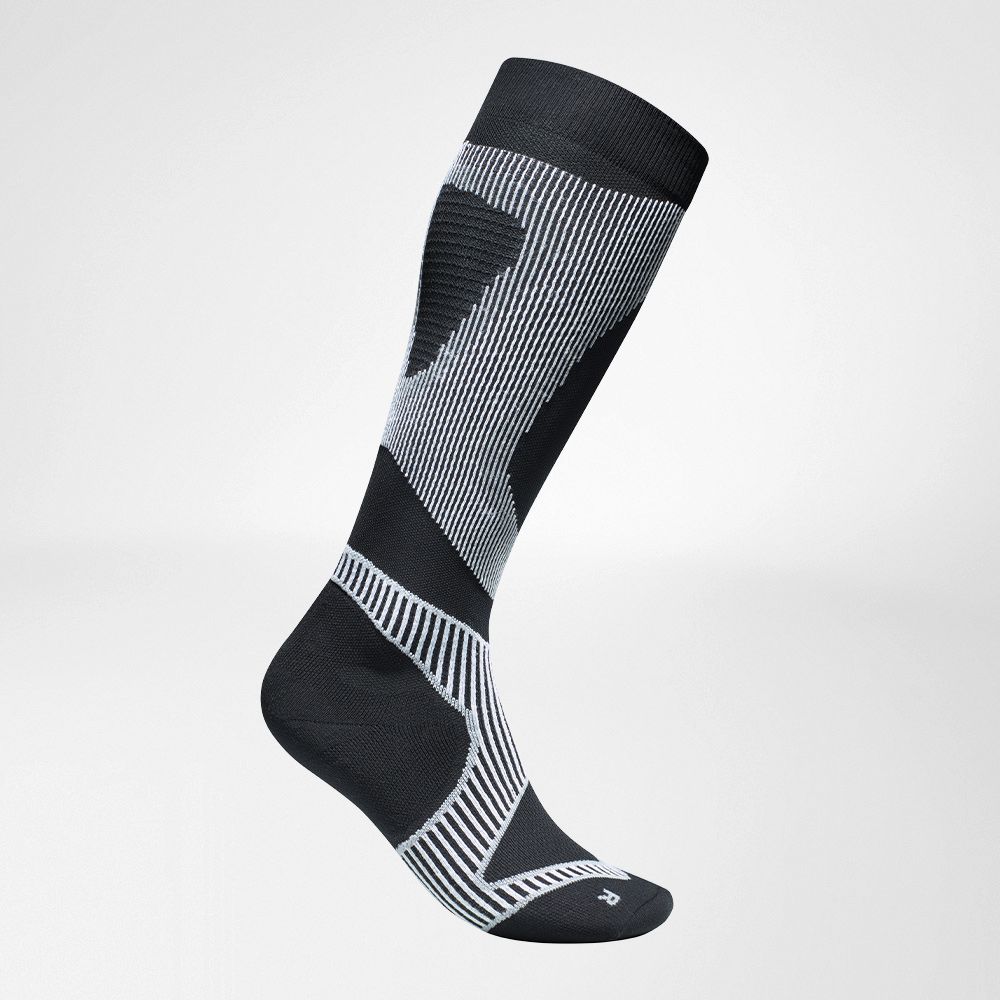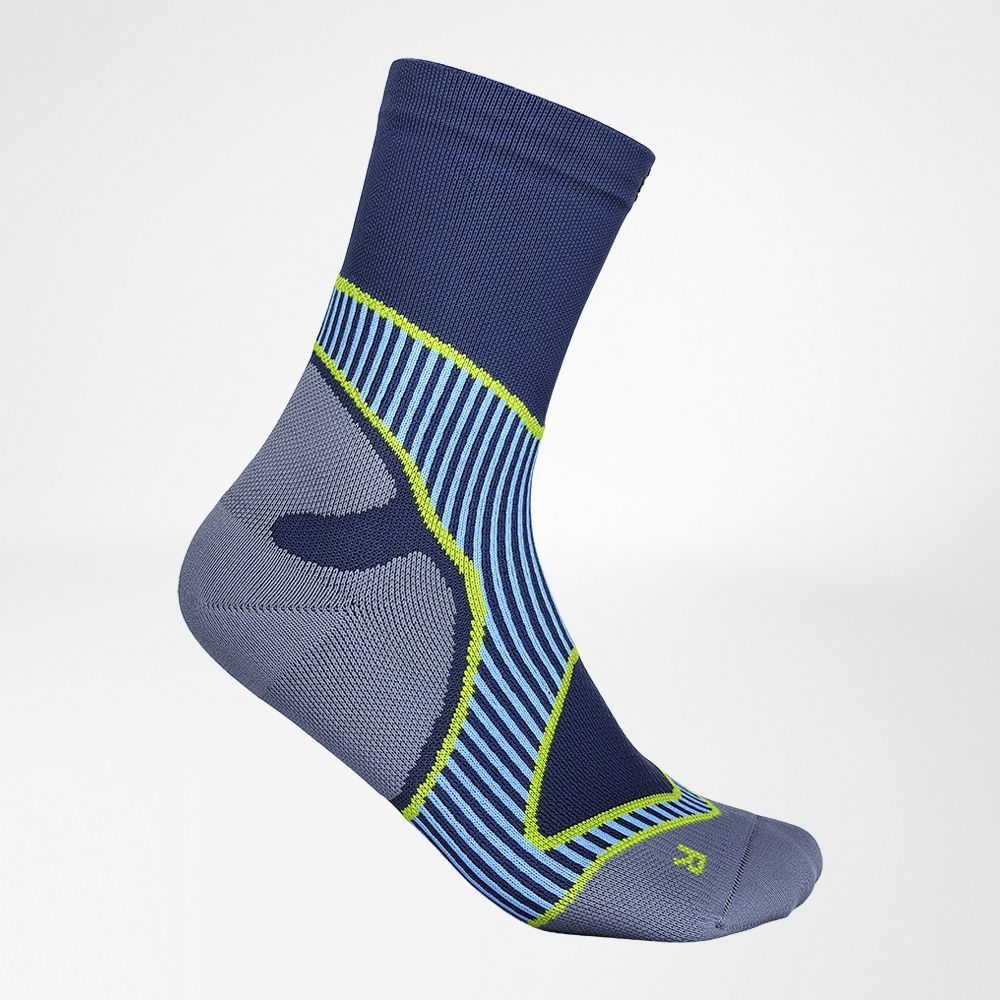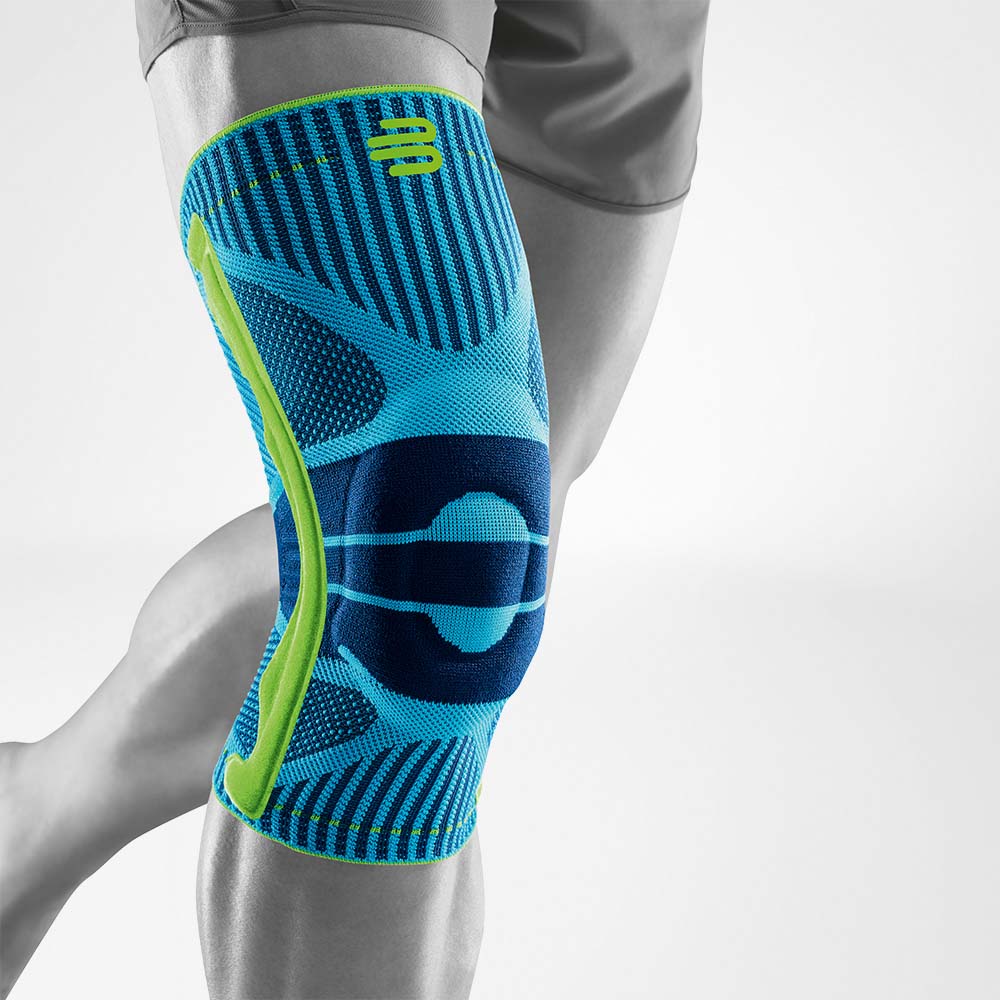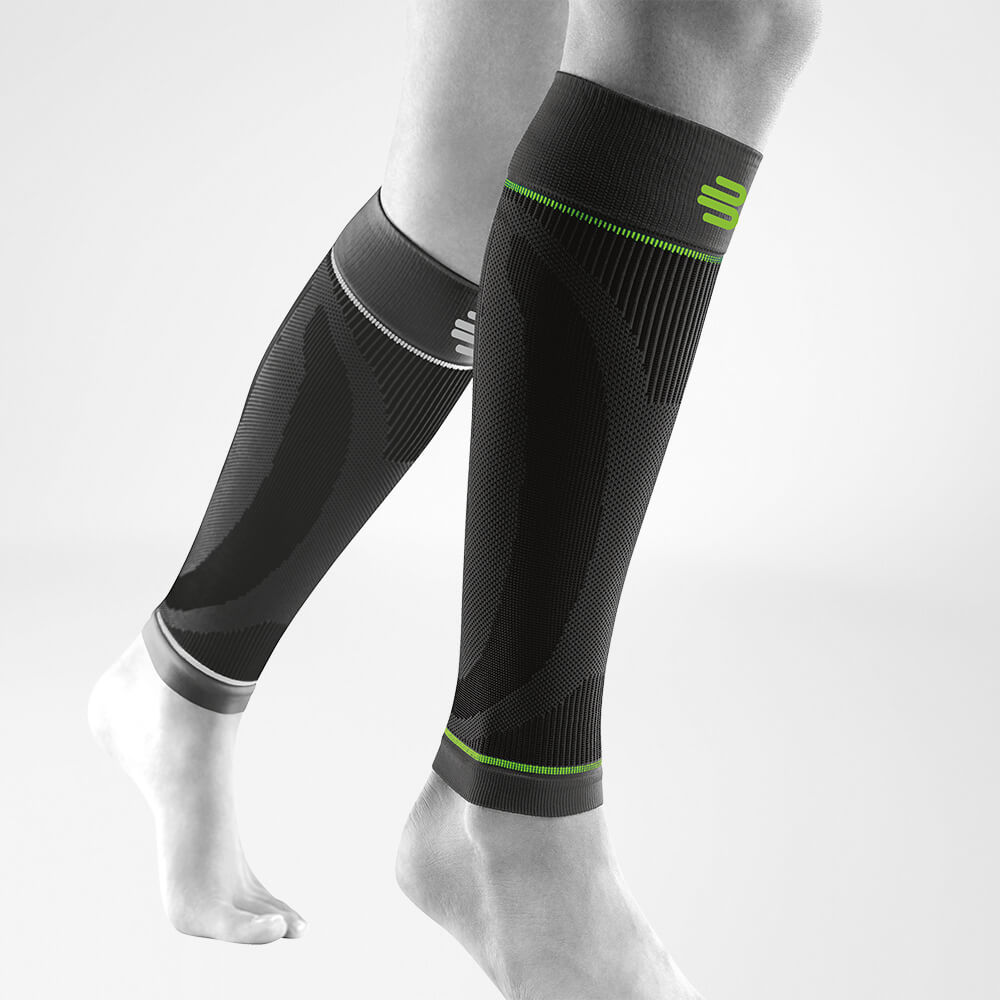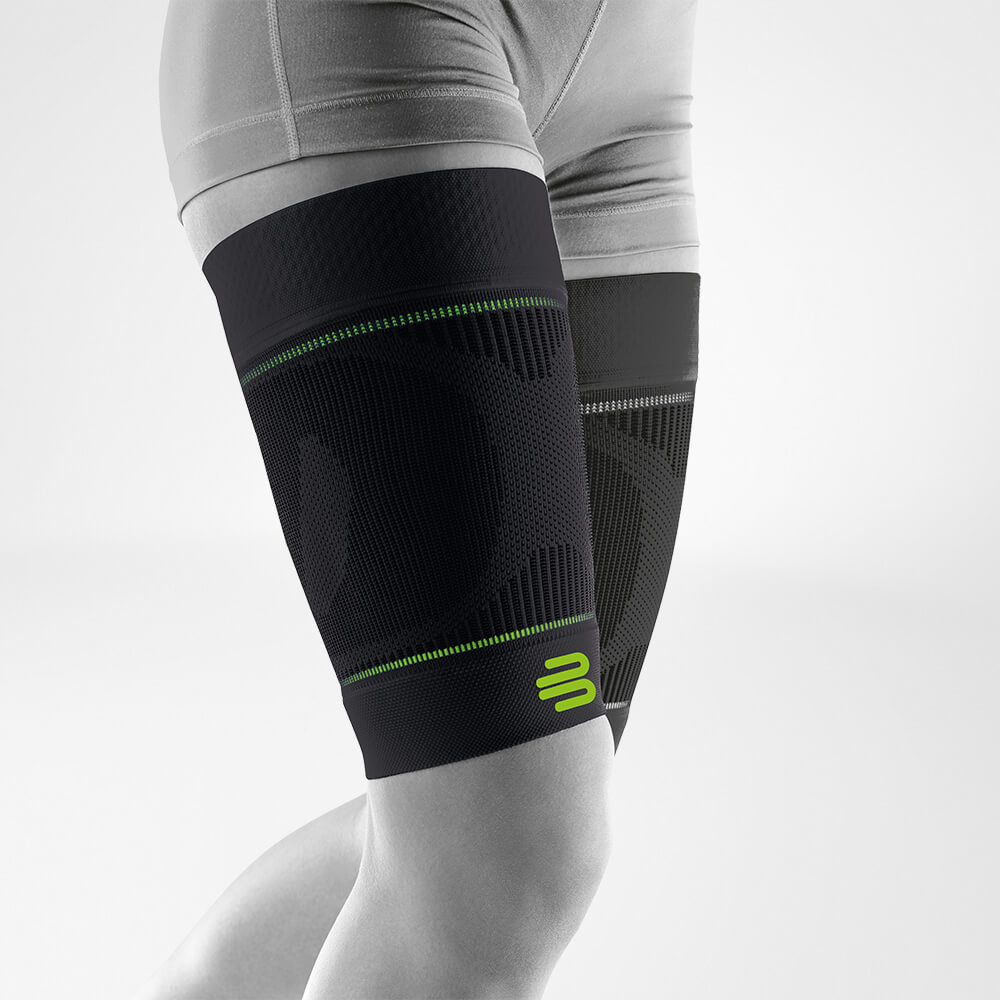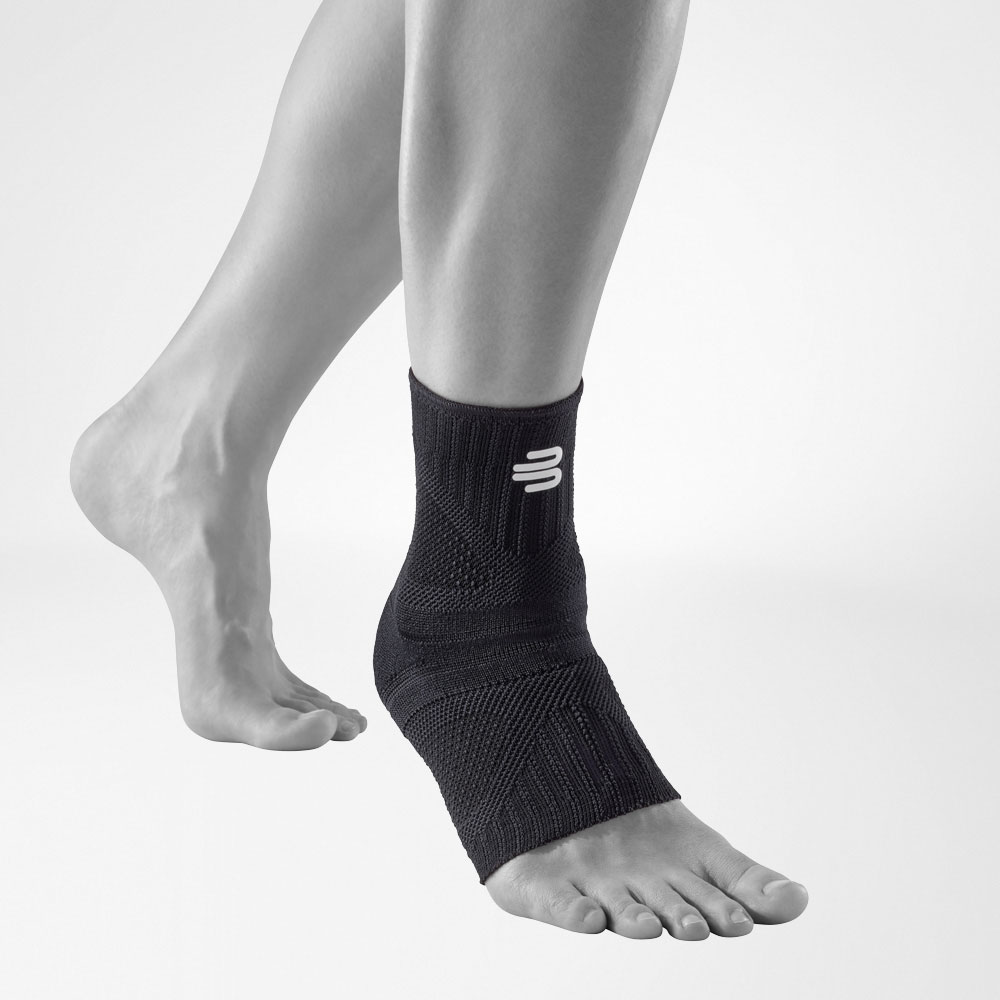
Marathon Training
Running ABC, Running technique and step frequency
Getting even quicker with the correct technique
Running ABC: essential like the ABC at school
Just like the ABC in school, the running ABC is an essential element of marathon training. This applies to professionals and amateurs alike. Regular running exercises have several positive effects on your training: not only will you run more efficiently and faster, but you will also prevent injuries. In short: if you regularly include the running ABC in your training schedule, you will become a “better” runner in several ways.
Running ABC: unpopular training
The bad news first: running ABC exercises are neither very elegant to watch nor do they help you in the short term if you’re trying to accumulate mileage. Perhaps those are reasons why many beginners, in particular, completely do without them.
In the long term, however, the running ABC will ensure you have continuous, healthy training success. Please continue reading to find out why it’s totally worthwhile to regularly do the running ABC and running technique exercises.
1. Ankle work: Make slow, tiny steps whilst slightly lifting the knee with only little forward momentum. With every step, ensure that you touch the ground with your toes first, then carry out a controlled toe-to-heel movement via the ball of your foot, then the midfoot to the heel (ideally without touching the ground with your heel). Your hips and upper body should be as straight as possible. Your arms are bent, supporting the leg movement. To train co-ordination, you can go backwards or circle your arms during the run.
2. Skipping (High knees): Pull your knees up with a high step frequency. At the highest point, your thigh and upper body form a right angle. The foot touches down exclusively via the forefoot, i.e. the ball of the foot. The arm movement supports the leg movement.
3. Heels to bum: In this exercise, you push off powerfully, actively pulling your heel to your bum, with the bent knee pointing downwards. Your arms actively join the movement at a right angle. Your upper body is straight or slightly leaning forwards.
4. High-leg skipping: Powerfully pull one knee upwards. Take off with one leg, pulling the other knee up. You land on the leg you took off with (as opposed to the jumping run, where you land with the other leg). Then change over. Your arms actively go up, not forwards, supporting take-off. Keep your torso and head upright.
5. Jumping run: The jumping run has a forwards motion, therefore improving the flight phase (see below). Take a few steps’ run-up and powerfully take off with one leg, which you then stretch out backwards. The other leg swings forwards, not upwards, until the thigh forms a right angle with the upper body. Change legs for each jump. Actively push your arms forwards, supporting take-off.
6. Side steps: Skip sideways. Alternate between spreading your legs and bringing them together. Your arms remain straight, supporting the momentum with alternating movements away from the body and to the body.
7. Cross-over steps: Move sideways whilst alternately crossing one leg in front of and behind the other. Your hips actively support the rotational movement in the upper body. Your arms are stretched out to the sides, parallel to the ground.
8. Running backwards: Choose to run backwards with short or long steps.
9. Acceleration run: Start your run at a slow speed and increase to a sprint. The distance is up to 150 metres. Be conscious of the correct running style: head and torso upright, arms bent, a powerful swing of the arms, the balls of the feet touch the ground first. You can vary the exercise by running uphill, downhill or on the flat, for example.
Sports Knee Support
Our Bauerfeind Sports Knee Support massages your ligaments, tendons, muscles, and the connective tissue with every movement
Buy Knee Support now!- Make sure you do running ABC exercises before a demanding run. It’s important that you have enough strength during the exercise and that you’re focused.
- Make sure the surface is even to minimise the risk of injury.
- Instead of an endurance run, you can do 15 to 20 minutes of exercises from the running school after a warm-up run of 15 minutes, then do a relaxed cool-down run – this concludes a fully adequate training unit.
- If you have never done any of the exercises from the running ABC, carry them out at least once under supervision. This is the only way you can prevent errors creeping into the movement processes.
- And of course: regularly repeat the exercises from the running school (at least once a week), to ensure rapid and sustainable success.
The contact time is usually shorter for forefoot runners than for heel runners because the latter use the entire heel-to-toe movement – which extends contact time.
For forefoot runners, the contact time is usually shorter than for heel runners, as the latter roll over the entire foot - which necessarily increases the contact time.
In addition to the running speed, the step length also has a significant effect on which part of your foot touches the ground first: if you take long steps, i.e. stretching your leg to the maximum extent, you will almost certainly become a heel runner.
The right step frequency
Each person is a little different, not only when it comes to their running style, but also the numbers of steps per minute can vary hugely. Some runners take many little steps, like a sewing machine. The advantage of this frequency: the contact time with the ground is quite short. The disadvantage: you can’t really get going. The other extreme, which can often be observed in men, is a low step frequency with long steps. This is the exact opposite of the first example: the suspension phase is nice and long, but the contact time with the ground is significantly higher, meaning every time the foot touches the ground, the step is decelerated – which is a waste of strength and cuts down on speed.
How to measure your step frequency
Ideally, the goal is being between these extremes, i.e.: not to make super tiny steps but keeping the step frequency relatively high – without changing your own running style completely. A step frequency between 160 and 170 steps per minute is a good rule of thumb (professionals take about 180 steps per minute). To achieve this, you can download special apps that accompany each step with a sound. Or you can calculate the figure using the following method: count each contact with the ground for one foot for half a minute, then multiply by four (since you have two feet and would like to know the frequency for a whole minute). Example: you count 41 ground contacts with your right foot in 30 seconds – multiplying this by four results in a step frequency of about 164 steps per minute.
An increase in step frequency generally also means an increase in speed. Interval training (for more information, please see the Chapter Marathon Training Plan) is a great way to work on exactly this. Try to keep going with a very high step frequency for one minute (perhaps 170 steps per minute). Then gently jog for two minutes and in the next minute, aim to manage an additional two steps. Repeat these intervals four to eight times. You can also add these intervals at the end of a slow endurance run.
Many recreational runners forget one thing when optimising their running style: the arm position also plays an important role in running efficiently. The following applies: the bigger the angle between forearm and upper arm, the less efficient the movement. This creates a type of long pendulum which acts as a brake each time it swings backwards.
Therefore: try to keep the angle between upper arm and forearm as small as possible. This guarantees that you swing your arms in short movements and at a high frequency. Also make sure you keep your arms parallel to your body and don’t rotate them laterally – for example towards your stomach.
It’s useful to have your running style checked by an expert. You can do this with a treadmill analysis in a running shop. Training sessions with a personal trainer are also an option, of course. If you can’t or don’t want to spend so much money, you can ask a friend to film you when you’re running. It’s easy to recognise a shuffling running style and inefficient arm use in a moving image.
And remember this: professionals also continuously have to work on themselves and regularly practise the running ABC as an integral part of their training. The running ABC will help you, too, to learn an efficient and healthy running style for the long term. Similar to starting to run in general, the following is true: once you’ve started doing it, you’ll get used to it quickly, therefore benefiting for even longer.


